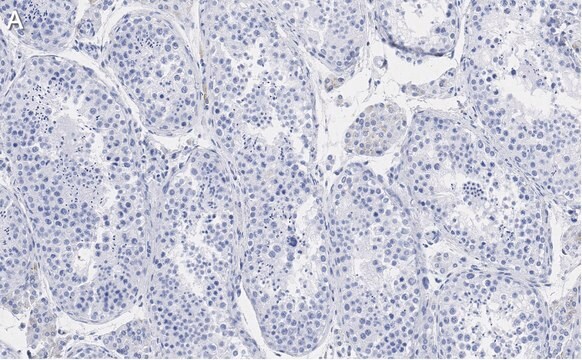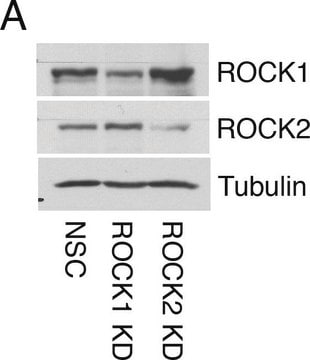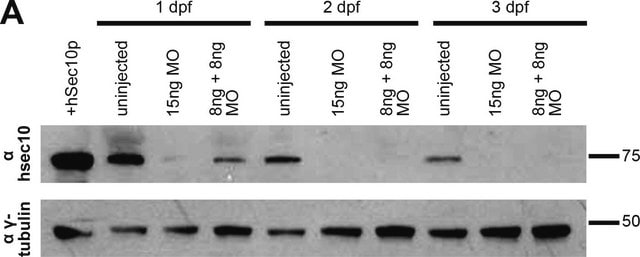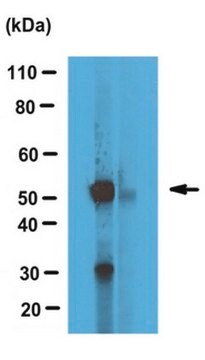T7451
Anti-Acetylated Tubulin antibody, Mouse monoclonal
clone 6-11B-1, purified from hybridoma cell culture
Synonym(s):
Acetylated Tubulin Antibody, Acetylated Tubulin Antibody - Monoclonal Anti-Acetylated Tubulin antibody produced in mouse, Anti Acetyl Tubulin antibody, Anti Acetyl-alpha tubulin
Select a Size
Select a Size
About This Item
Recommended Products
biological source
mouse
Quality Level
conjugate
unconjugated
antibody form
purified immunoglobulin
antibody product type
primary antibodies
clone
6-11B-1, monoclonal
form
buffered aqueous solution
species reactivity
bovine, frog, invertebrates, human, hamster, mouse, protista, pig, monkey, chicken, rat, plant
packaging
antibody small pack of 25 μL
concentration
~1 mg/mL
General description
Specificity
Immunogen
Application
- quantitative dot blot
- immunofluorescence
- Western blot
- immunocytochemistry
- enzyme-linked immunosorbent assay (ELISA)
- solid-phase radioimmunoassay (RIA)
- electron microscopy
Biochem/physiol Actions
Physical form
Disclaimer
Not finding the right product?
Try our Product Selector Tool.
recommended
Storage Class
10 - Combustible liquids
wgk_germany
WGK 3
flash_point_f
Not applicable
flash_point_c
Not applicable
ppe
Eyeshields, Gloves, multi-purpose combination respirator cartridge (US)
Choose from one of the most recent versions:
Certificates of Analysis (COA)
Don't see the Right Version?
If you require a particular version, you can look up a specific certificate by the Lot or Batch number.
Already Own This Product?
Find documentation for the products that you have recently purchased in the Document Library.
Customers Also Viewed
Related Content
Find protein research tools to prepare, isolate, and analyze proteins. Organized by how to extract, protect, purify, enrich, modify, and quantify proteins.
Our team of scientists has experience in all areas of research including Life Science, Material Science, Chemical Synthesis, Chromatography, Analytical and many others.
Contact Technical Service












